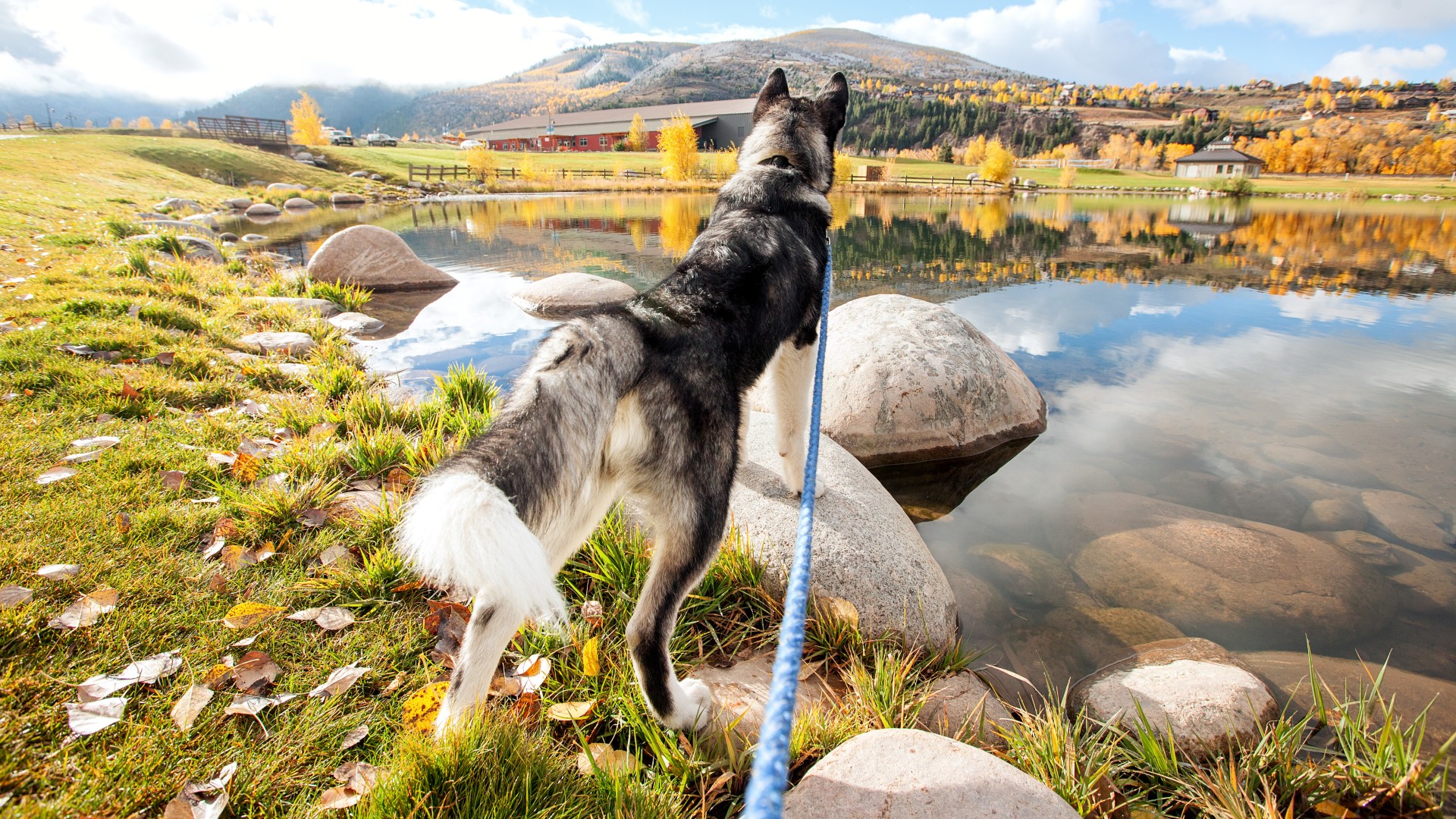Want to enjoy a stress-free stroll with your dog? You need this trainer's three simple loose leash walking tips
Stay focused on your dog and keep rewarding them to set them up for success

Something all dogs need to learn is to walk nicely, not zooming off or pulling on their leash. They should be able to walk beside you on a loose leash without becoming a safety hazard either to you or others around you.
It can be tricky to teach this, however, as many dog parents would agree; even the best-behaved dog might get momentarily distracted with not even the best dog treats bringing their focus back to you.
But it doesn’t need to be as difficult as it might seem at first, as certified dog trainer Melissa Goodman of Mission Pawsitive has explained in a recent Instagram post. Here are her three tips for loose-leash walking.
A post shared by Melissa Goodman | Dog Trainer (@missionpawsitive)
A photo posted by on
1. Focus on your dog as much as you want them to focus on you: “When teaching your dog how to walk how humans prefer to walk,” Goodman begins, “Focus on them as much as you would like them to focus on you.
“Look at your walking training as a team effort and you each have to work together to get to the finish line.”
2. Reward the small things: Goodman urges us not to take the smaller things for granted, saying, “Dogs offer desirable behavior all the time that is very easy to miss.”
When you’re focusing on your dog, you’re more likely to pick up on these small things. You can then reward them, meaning that these behaviors are more likely to be repeated.
Get the best advice, tips and top tech for your beloved Pets
3. Let your dog sniff: Do you know why you should let your dog sniff on a walk? “Your dog sees the world through their nose,” Goodman explains. So, it’s a good idea to let your dog sniff while you’re on walks. As she says, “If you want to go for a walk without stopping, leave your dog at home!”
If you’ve tried Goodman’s tips but your pup is still finding loose-leash walking a little tricky, here are three of the most common loose-leash walking mistakes (and how to fix them). You might be training your dog in the wrong environment, or introducing movement into your training too quickly, for example.
And remember, it’s never too early to start teaching loose-leash walking! You can begin as soon as you start walking your dog. Begin first in the yard or on a quiet street, before you progress to busier environments with more distractions and temptations for your pup.
No matter how energetic or excitable your dog is, they will be able to walk happily on a loose leash with some careful training. And it will make your walks easier and more fun for both of you!

Adam is a freelance journalist specialising in pets, music and culture, and mental health and wellbeing. He investigates and writes the large majority of news on PetsRadar, and collaborates with veterinary experts to produce informative pet care content.
Adam has a journalism degree from Southampton Solent University and a masters degree in Magazine Journalism from Cardiff University. He was previously senior editor at dog advice website DogTime.com, and has also written for The Independent, GoodToKnow and Healthline.
He owns two rescue cats, Bunny and Dougie, and has also previously had a rabbit, fish and Roborovski dwarf hamsters.
